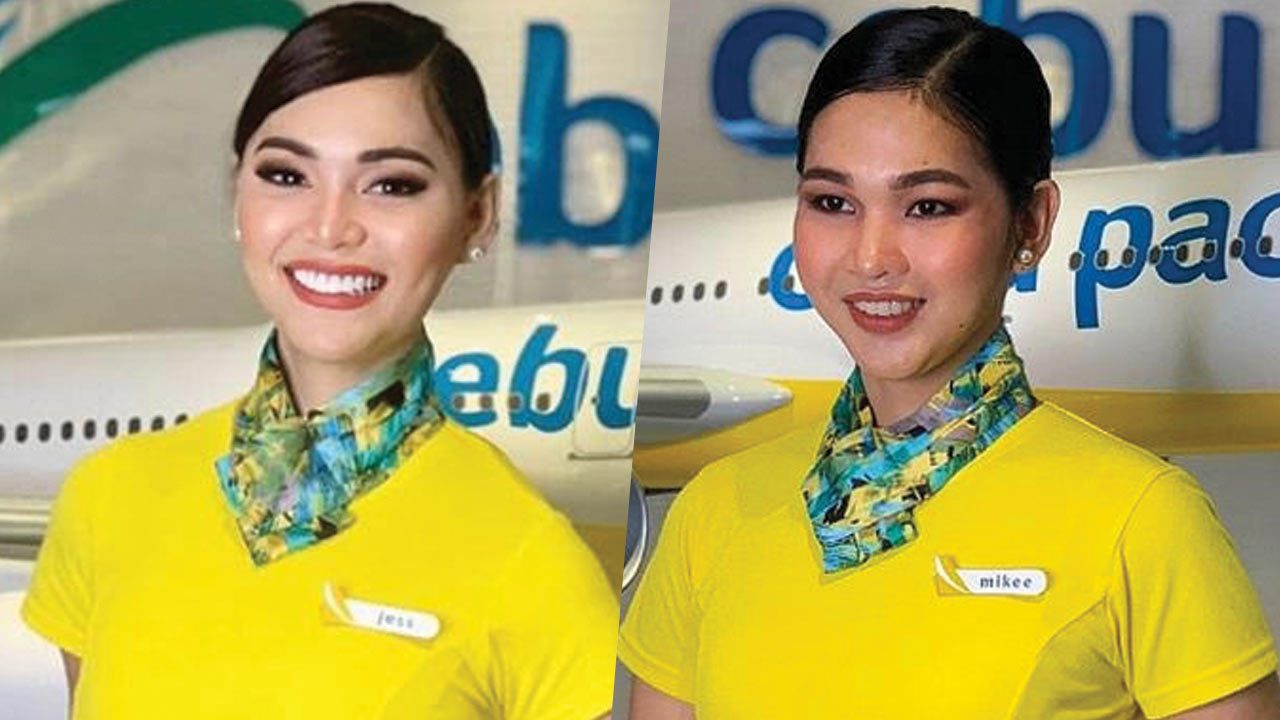Impact of Misgendering on Flight Attendants

Misgendering flight attendant – Misgendering, the act of referring to an individual using an incorrect gender identity, is a pervasive issue faced by flight attendants, leading to severe emotional and psychological consequences.
The recent incident of a flight attendant being misgendered has sparked a much-needed conversation about the importance of respecting people’s gender identities. It’s disheartening to see such incidents still occur, especially in public spaces like airplanes. On the other hand, the ongoing COVID-19 pandemic has also brought to light the importance of staying informed about the latest covid variants symptoms.
Misgendering flight attendants and staying updated about COVID-19 variants are both essential aspects of creating a more inclusive and informed society.
Studies indicate that misgendering occurs at alarming rates among flight attendants, with up to 40% reporting being misgendered at least once during their careers.
Emotional and Psychological Consequences
- Humiliation and embarrassment
- Anxiety and depression
- Reduced self-esteem
- Increased feelings of isolation and alienation
Potential Legal Implications, Misgendering flight attendant
Airlines have a legal obligation to provide a safe and inclusive work environment for their employees, including flight attendants.
- Misgendering can create a hostile work environment, violating federal and state anti-discrimination laws.
- Airlines may face lawsuits and financial penalties for failing to prevent or address misgendering.
Best Practices for Preventing Misgendering

The aviation industry has a responsibility to create an inclusive environment for all passengers, regardless of their gender identity. Airlines can implement a number of policies and procedures to prevent misgendering, including:
- Training flight attendants on how to respectfully interact with passengers of all gender identities.
- Providing gender-neutral language options for passengers when booking flights and checking in.
- Displaying gender-neutral signage in airport terminals and on aircraft.
- Creating a zero-tolerance policy for discrimination based on gender identity.
Training Guidelines for Flight Attendants
Flight attendants play a vital role in creating a welcoming and inclusive environment for all passengers. Airlines should provide training to flight attendants on how to respectfully interact with passengers of all gender identities. This training should include:
- An overview of gender identity and expression.
- How to use gender-neutral language.
- How to respond to passengers who are misgendered.
- How to create a safe and supportive environment for transgender passengers.
Case Studies of Successful Initiatives
Several airlines have implemented successful initiatives to reduce misgendering in the aviation industry. For example, Southwest Airlines has partnered with the Human Rights Campaign to develop training materials for flight attendants on how to interact with transgender passengers. Delta Air Lines has launched a program called “Respect My Gender,” which provides passengers with the option to select their preferred gender pronouns when booking flights. These initiatives have been successful in reducing misgendering and creating a more inclusive environment for all passengers.
Supporting Misgendered Passengers: Misgendering Flight Attendant
Flight attendants play a crucial role in ensuring the comfort and well-being of all passengers, including those who have been misgendered. Misgendering can be a deeply distressing experience, and it is essential that flight attendants are equipped with the knowledge and skills to provide support and validation.
This resource guide provides flight attendants with practical guidance on how to support misgendered passengers. It covers the importance of empathy, validation, and creating a safe space, as well as specific language and actions to use when interacting with misgendered individuals.
Creating a Safe Space
Creating a safe and welcoming environment for misgendered passengers is paramount. This includes:
- Using the passenger’s correct name and pronouns.
- Avoiding assumptions about a passenger’s gender based on their appearance.
- Respecting the passenger’s privacy and confidentiality.
- Providing a space where the passenger can feel comfortable talking about their experiences.
As the misgendering of a flight attendant stirred a tempest, I couldn’t help but be reminded of the resilience and determination of Edwin Diaz, the Mets’ fireballer. His journey, like the flight attendant’s, has been marked by adversity and a relentless pursuit of identity.
Yet, amidst the challenges, both have emerged as beacons of strength and inspiration, reminding us that the power of acceptance and self-affirmation can soar above any turbulence.